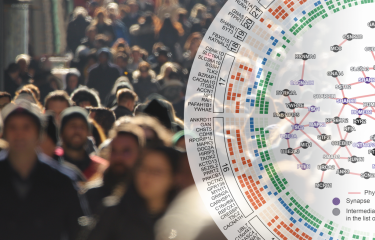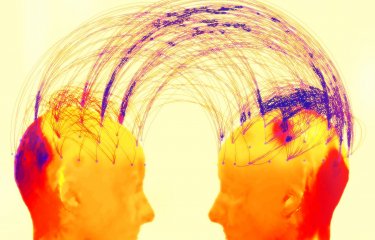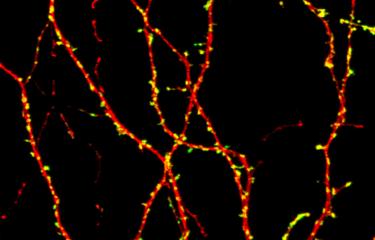Molecular analyses have revealed that genetics has a key role to play in what is now called autism spectrum disorder (read our disease sheet in French). This knowledge opens up new avenues for treating people with autism.
Autism was first described in 1943 by an American child psychiatrist of Austrian origin, Leo Kanner, who had been monitoring eleven children for several years. Since then, there has been a continuous debate among specialists surrounding the cause of autism: are people born with autism or do they become autistic? The "acquired" theory prevailed for a long time. But sixty years after Leo Kanner's description, it was in France that genetic mutations were identified for the first time – a discovery made at the Institut Pasteur by Thomas Bourgeron's Human Genetics and Cognitive Functions Unit, in collaboration with French (Marion Leboyer) and Swedish (Christopher Gillberg) psychiatrists. Today, everyone agrees that autism has a very strong genetic component.
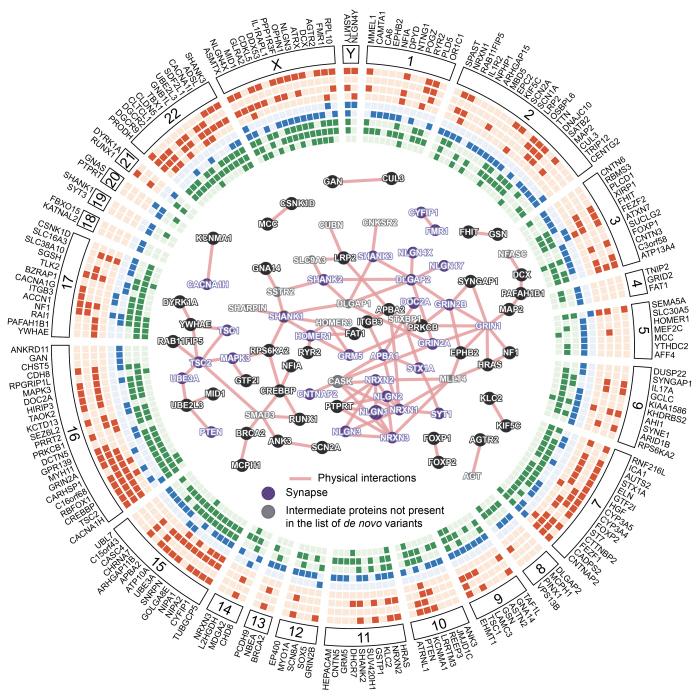
Key dates concerning autism
- 1911: The term "autism" appeared in a psychiatry tract for the first time. It was associated with schizophrenia.
- 1943: The American child psychiatrist Leo Kanner presented the clinical picture for early childhood autism.
- 1944: The Austrian child psychiatrist Hans Asperger used the term "autism" to describe patients who had difficulty interacting socially but whose language and cognitive functions were unaffected.
- 1950-1960: The American psychoanalyst Bruno Bettelheim suggested that the behavior of some "refrigerator" mothers was the cause of autism in their children.
- 1960-1970: For most experts, autism was a psychosis, an acquired mental illness that needed to be treated with psychoanalysis.
- 1970-1980: French and American scientists used encephalography and postulated that autism was linked to early sensory perception disorders. An increasing number of studies focused on autism in twins and children who were related. This research revealed the key role played by genetics.
- 2001: An American report concluded that personalized education programs were the best treatment for people with autism. In France, psychotherapy was still the first line of treatment.
- 2003: Genetic mutations were specifically identified in autistic children for the first time by Thomas Bourgeron's team at the Institut Pasteur, in collaboration with French (Professor Marion Leboyer) and Swedish (Professor Christopher Gillberg) psychiatrists. Other mutations were later revealed.
- 2005-2007: First autism plan in France.
- 2008: The first animal models carrying mutations associated with an autism spectrum disorder (ASD) were created.
- 2008-2010: Second autism plan.
- 2012-2018: EU-AIMS project.
- 2013: New version of the DSM-5 (Diagnostic and Statistical Manual of Mental Disorders) with use of autism spectrum disorder diagnosis.
- 2013-2017: Third autism plan (early detection, school enrollment of ASD children).
- 2018-2024: AIMS-2-Trials project.
- 2018-2022: Fourth autism plan.
- 2019: The official SPARK list cites 141 genes associated with autism.
A complex set of disorders
Autism is characterized by two types of symptom, expressed at varying degrees depending on the individual : difficulties with social interaction, and behavioral disorders that correspond to a limited range of interests and activities, with stereotyped movements in particular (clapping hands, rocking, spinning, complex body movements, etc.). These signs often go hand in hand with sensory hypersensitivity, or hyposensitivity, to sound, light and touch, etc. and emotional distress in the event of any change in environment. Autism is very often accompanied by other clinical signs, such as cognitive impairment, hyperactivity, sleep disorders, eating disorders or epilepsy. This description has been expanded, and we now speak more broadly of autism spectrum disorder (or ASD), which includes other forms of autism, such as Asperger's syndrome, where language is not affected and the person has an average or above average IQ.
Autism in figures
- More than one person in every 100 is thought to be affected by an autism spectrum disorder (ASD)
- Over 650,000 people are affected by an ASD in France
- Over 140 genes associated with autism have been identified to date
- In 20-30% cases, the cause of autism is linked to a known gene. As research advances, the number of genes discovered increases. These genes can have a direct link with autism, or an indirect one via associated symptoms such as cognitive impairment.
The first signs appear in early childhood, in general before the age of 3, and in the vast majority of cases, they remain for life. If we look at all ASDs, boys are 4 to 8 times more affected than girls. In addition, some forms of ASD are directly associated with genetic diseases, such as Fragile X syndrome or Rett syndrome.
In France, it is estimated that over 650,000 people are affected by an autistic disorder. According to the Centers for Disease Control, more than one person in every 100 is affected by an autistic disorder in the US. The increase in the prevalence of autism can be explained by broader diagnostic criteria and better detection of people with autism.

Following the genetic lead
Experts are now unanimous in acknowledging the key role played by genetic factors. As early as the 1970s, research on twins and more widely on families, pointed to a genetic lead in the onset of autism. Since then, many studies have shown that when a child is autistic, his or her twin is also autistic in 98% of cases if they are monozygotic twins (i.e. if they have exactly the same genetic heritage, "identical twins") and in approximately 50% of cases if they are dizygotic twins ("fraternal twins").
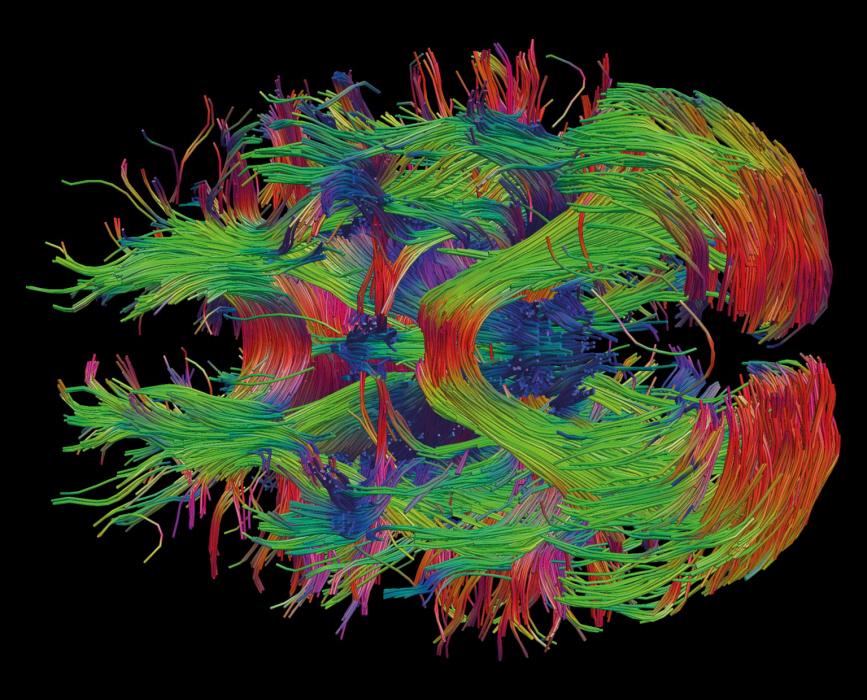
But to really understand the genetic mechanisms behind autism, and even identify the mutations involved, science had to wait until the early 2000s and the arrival of molecular biology and sequencing techniques. It was in 2003 that Thomas Bourgeron's team at the Institut Pasteur first identified mutations in two genes present on the X chromosome of two brothers, one diagnosed with autism and the other with Asperger’s syndrome. These mutations affect genes directly involved in the function of contact points between neurons – known as synapses. So, for the first time, a link was established between genetic mutation, synapse function and autism spectrum disorder. Four years later, the same team identified another gene, this time involved in synapse structure. These findings confirmed the "synaptic pathway" in the etiology of autism, and they were later supported by international studies carried out on larger numbers of people with autism. In 2008, the same Institut Pasteur scientists discovered a mutation in a gene involved in melatonin synthesis in some people with autism. This hormone plays a key role in regulating biological rhythms, particularly sleep. And melatonin deficiency is found in many children with autism, which could partly explain the sleep disorders reported in approximately 60% of them. Melatonin deficiency of genetic origin may therefore be another risk factor for autism.
The world's most comprehensive database hosted by the Institut Pasteur
The Institut Pasteur hosts the world's largest database on autism – not in terms of the number of patients, which currently stands at 800 and will eventually rise to 3,000 – but in terms of the quantity and quality of the information gathered for each individual: brain imaging, electroencephalograms, genomic data, psychological profiles, intelligence quotient (IQ), quality of life, behavioral tests, etc. "Compared with the existing databases for autism, this takes things to a whole new level," says Thomas Bourgeron, Head of the Human Genetics and Cognitive Functions Unit at the Institut Pasteur and a pioneer in the discovery and investigation of the genes associated with autism.
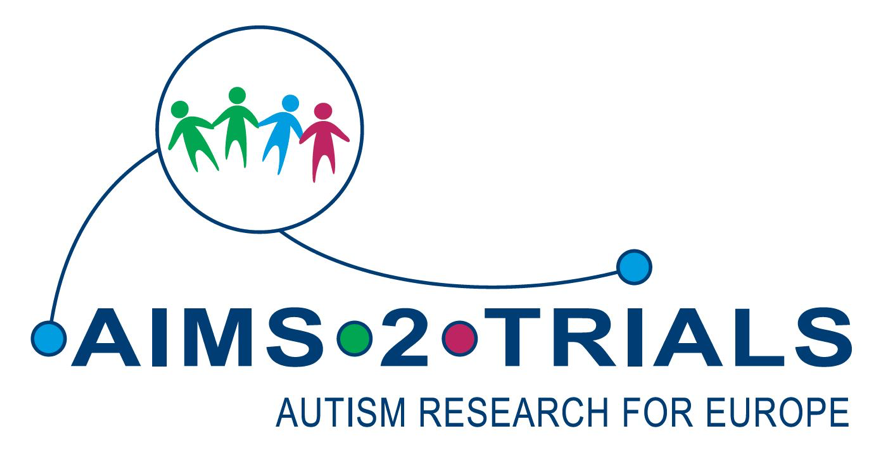
The scientist is coordinating the genetics part of the European program AIMS-2-Trials* for research into new treatments for autism, which involves 106 sites in 37 countries across Europe, making it possible to collect vast reams of data. Guillaume Dumas, a member of his team, explains: "The development of this database is a technical challenge that also has to comply with the very strict ethical regulations that govern human health data access and security. We are working with the Information Systems Department to store and organize these data, and with biostatisticians in the Center of Bioinformatics to develop tools to analyze them and facilitate access to the information for scientists."
This brainwave specialist remembers how, not so long ago, he used to work "with big binders at the hospital full of hundreds of DVDs containing patients' electroencephalogram data!" The centralization of all these digitized data in the new EU-AIMS database, available online to scientists worldwide, will enable researchers to compare a huge range of information at their computers and to launch robust, reproducible analyses that will undoubtedly move our understanding of autism up several gears. And also – this is the aim – to develop treatments that are tailored to the various types of autism and the characteristics of each patient. The potential impact is huge as autism spectrum disorder affects more than 1% of the population.
Multiple factors involved
Since then, and thanks to further research from various teams worldwide, other genetic mutations have been identified. An increasing number of genes have been identified in autism and they are generally involved in two biological processes – formation of the nervous system, by modulating synapse formation (synaptogenesis), and gene regulation.
So, it is now accepted that genetic factors play a crucial role in susceptibility to autism. But the extreme variability of disorders and high number of mutations discovered make the task difficult for scientists. Although in some cases variation of a single gene can explain most of a patient's symptoms, in other cases the genetic situation is much more complex, sometimes involving more than a hundred genes which individually would have no effect but together increase the risk of having autism. And the situation is all the more complex as in 10 to 20% of people, these genetic mutations are not inherited but occur de novo, or spontaneously.
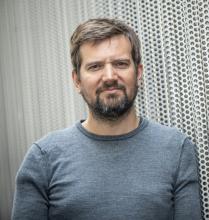
As a psychiatrist, I mainly work with clinical symptoms but also with the brain, its structures and functions. By working with the Institut Pasteur, I'm trying to link these data to genetics. Each individual is unique as they have a specific genetic pool and their own particular environment.
What key challenges do you face as a psychiatrist?
I face several challenges in my job as a child psychiatrist. The first is the starting age of the disorder. We need to understand what happens in the first moments of life because the current diagnosis at 36 months is, in itself, an aberration. Some children present with signs much earlier on (15 months on average) and it is a real trial for the families. Early understanding of the mechanisms is therefore crucial. How can we quickly tackle these symptoms? This question is key to trying to improve prognosis and developmental trajectories.
The second challenge is the development of the disorder. Some children presenting very severe symptoms have highly favorable developmental trajectories and social communication skills comparable to neurotypical individuals (i.e. without developmental disabilities). It is therefore crucial to understand the factors behind this phenomenon. Are they biological? Are they the result of a good therapeutic strategy? These are the questions we are trying to answer.
The third challenge is understanding the rise in the prevalence of autism. It is a complex issue. Many factors are contributing to the rise in the prevalence of autism, for example diagnostic accretion. This means that the more we know about autism, the more often we diagnose it. Other factors are the increase in parental age and changes to diagnostic criteria that have led to a certain amount of versatility in diagnosing autism spectrum disorder (particularly in its commonality with disorders leading to mental deficiency).
What therapeutic possibilities are on the horizon?
We recently tested several hundred very specialized molecules to study their impact on the SHANK3 gene, the first gene linked to autism discovered by Thomas Bourgeron. We observed changes in SHANK 3 levels on neurons from patients (patients' skin cells transformed into neurons) following administration of these molecules. We discovered that some molecules, such as valproic acid or lithium, increased SHANK3 transcript levels and, in turn, neuronal activity. And these molecules which influence SHANK3 also have an impact on other molecules in the human body.
Some time ago we tested lithium on a female patient. After three months, we observed a significant improvement in her ability to interact and communicate verbally and consequently an improvement in her autism scores. But the patient showed signs of hyperactivity. In the end, there was no real improvement in her adjustment to daily life.
Today, these molecules can be used to improve certain symptoms, even if we still do not yet know how. It is important to remember that cutting-edge techniques enable us to explore new therapeutic strategies and there is a desperate need for therapeutic trials. Economic and logistical resources need to be pooled to set up clinical trials capable of generalizing findings observed sporadically throughout the world.
In what way is cooperation with the Institut Pasteur crucial for improving treatment for people with autism?
I began working on the genetics of autism with the Institut Pasteur to find out how I could improve the health of the patients I see at Robert Debré Hospital, by trying to understand the biological pathways involved in their disorders and then, in the long term, identifying new therapeutic approaches.
As a psychiatrist, I mainly work with clinical symptoms but also with the brain, its structures and functions. By working with the Institut Pasteur, I'm trying to link these data to genetics. Each individual is unique as they have a specific genetic pool and their own particular environment.
Thomas Bourgeron's discovery of the first autism genes revolutionized how this disorder is perceived in France. A biological hypothesis was confirmed for the first time, and not just interactions between the child and his or her parents. Research continued and not only were genes discovered but the entire architecture of the synapse was unraveled. At the Institut Pasteur, I have learned that many proteins in the synapse could become therapeutic targets to improve all symptoms. These are the challenges we are trying to address on a daily basis to improve patient quality of life.
A step towards personalized medicine
However, these discoveries offer hope for new avenues of treatment to reduce the severity of disorders, particularly symptoms associated with cognitive impairment and epilepsy. Geneticists, neurobiologists and psychiatrists have been working together closely to advance understanding of brain function, and the consequences of particular genetic variations. And some teams are now testing treatments developed according to the genetic mutation identified in a group of people with autism. This personalized approach to autism could be a way forward for helping each individual according to their specific needs.
Autism: a unique event at the Institut Pasteur on March 30, 2019
The close cooperation between geneticists, neurologists and psychiatrists was clearly demonstrated on March 30, 2019 at a meeting for experts and patients. Around 550 people gathered at the Institut Pasteur for a unique event focusing on the latest research on autism and related disorders.
Recent research and discoveries about autism resulting from cooperation between scientists at the Institut Pasteur, child psychiatrists at Robert Debré Hospital, and more broadly French and European partners were presented. Discussions particularly focused on the importance of genetics, the need for a precise early diagnosis, and the complexity of treatments owing to the wide-ranging profiles of people with autism.
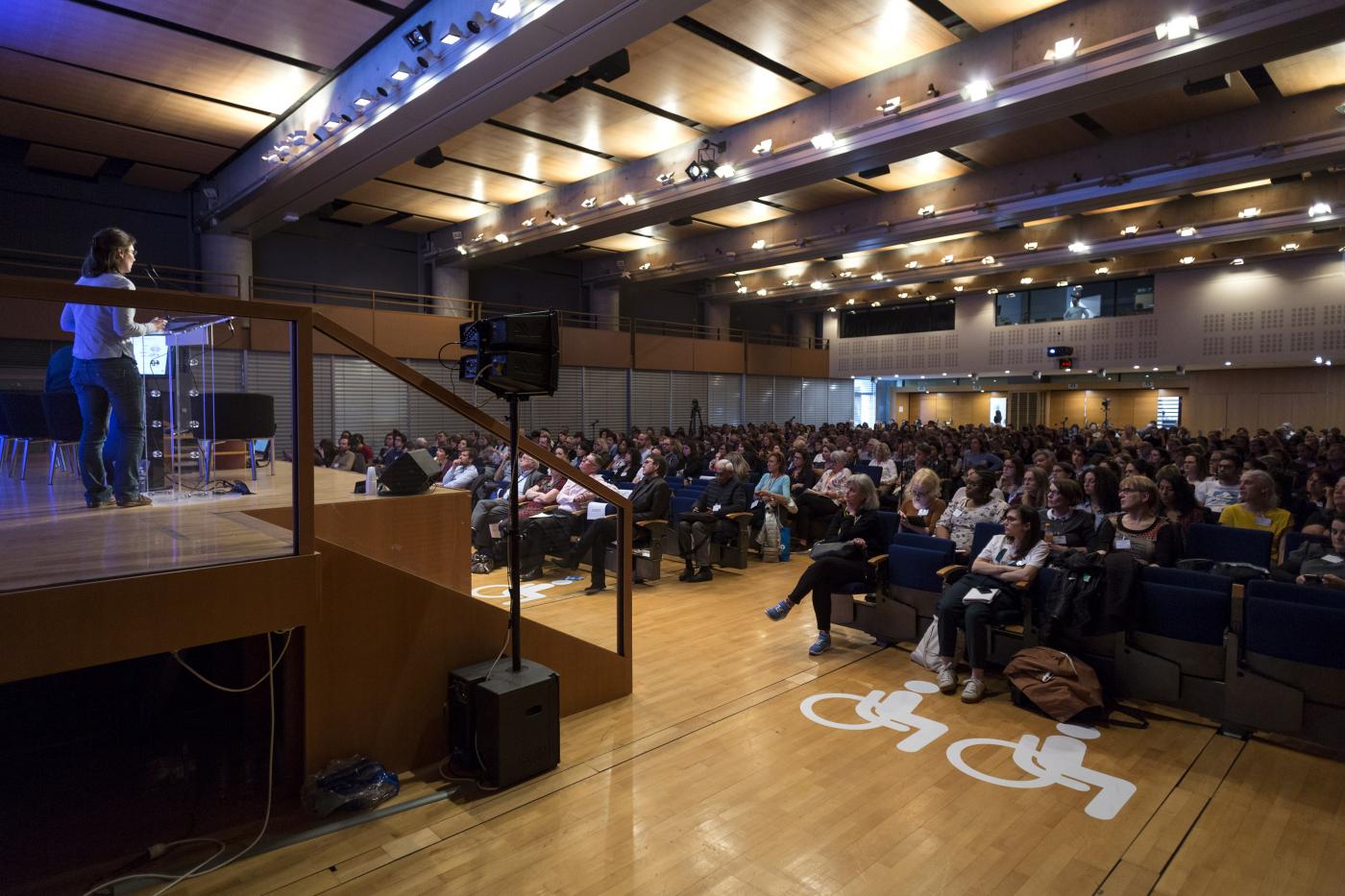
Find the full conference "Autism: what can we learn from research?"
Autism in the Institut Pasteur 2019-2023 Strategic Plan

One of the three priority scientific areas of the Institut Pasteur 2019-2023 Strategic Plan focuses on brain connectivity and neurodegenerative diseases. The Institut Pasteur leverages wide-ranging basic research expertise in the fields of neuroscience, genetics, cell and developmental biology, immunology, microbiology and infection biology to improve understanding of the complexity of brain function. These projects notably focus on neurodevelopmental disorders, such as autism. Cell biology research looks at neuronal connectivity by combining genome and cell analysis, innovative microscopy techniques, and modeling.


